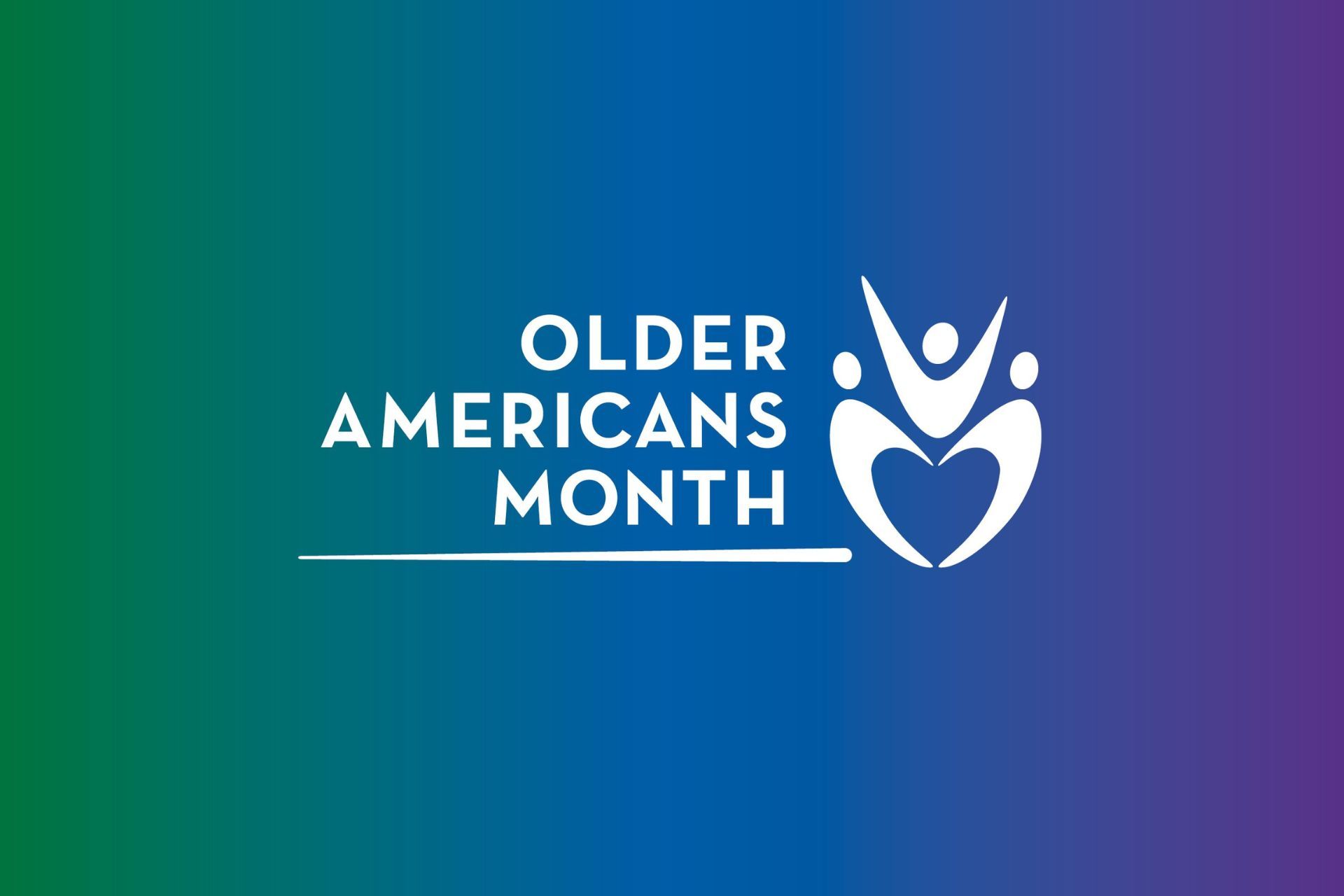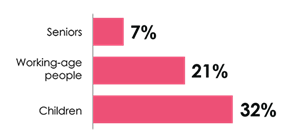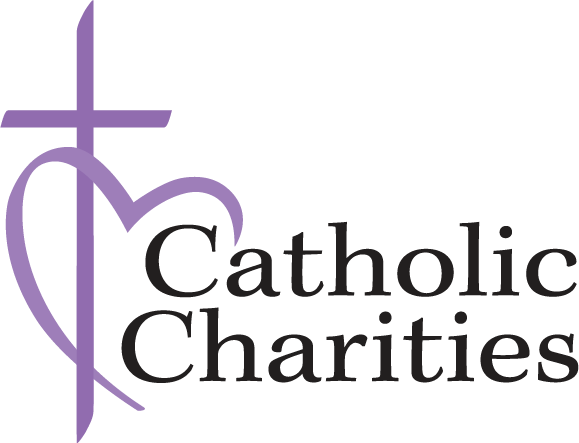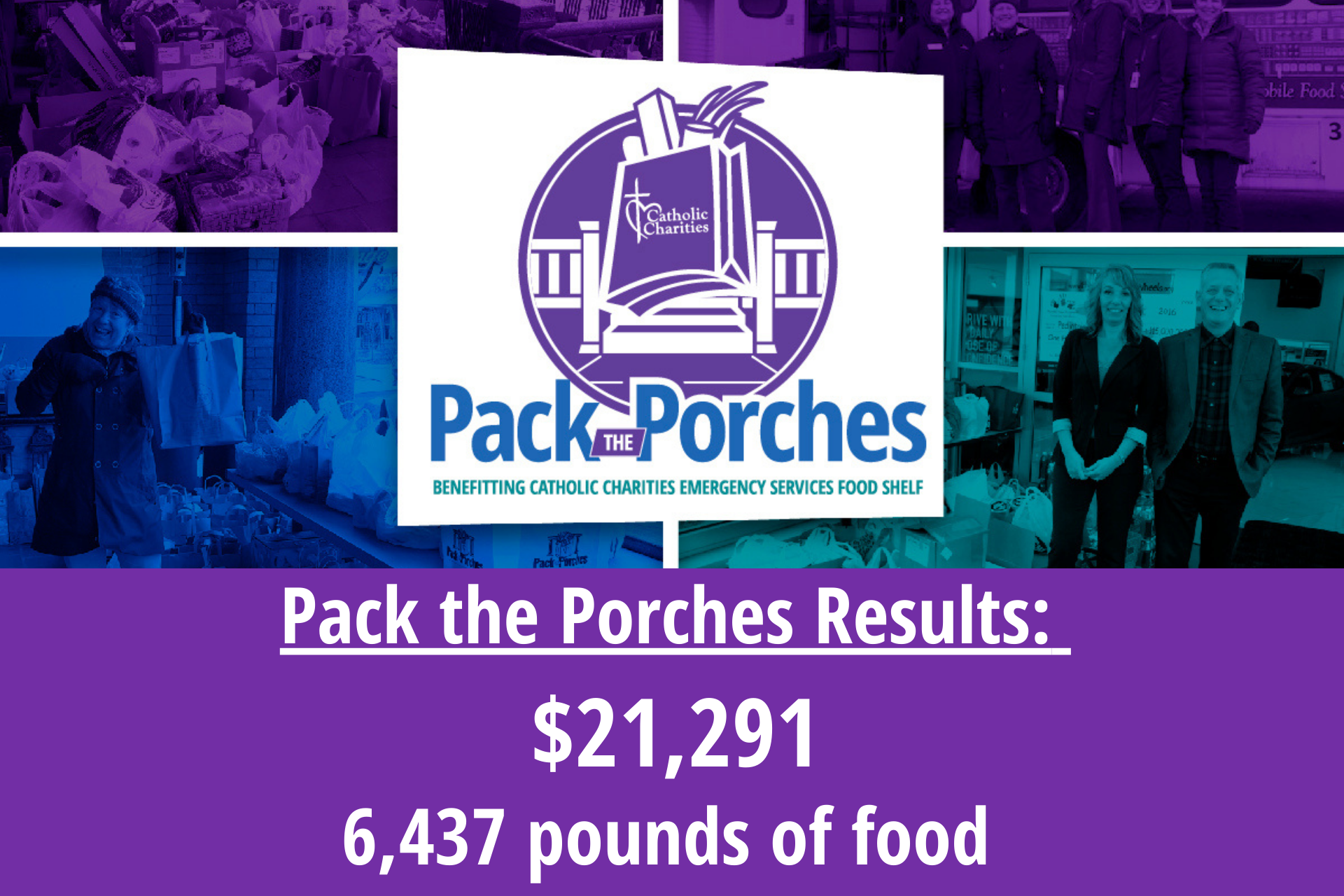Older Americans Month: May 2024

History of Older Americans Month
When Older Americans Month was established in 1963, only 17 million Americans had reached their 65th birthday. About 1/3 of older Americans lived in poverty and there were few programs to meet their needs. Interest in older Americans and their concerns was growing. A meeting in April 1963 between President John F. Kennedy and members of the National Council of Senior Citizens led to designating May as ‘Senior Citizens Month.’
Two years later, in 1965, President Lyndon B. Johnson passed the Older Americans Act of 1965 and formally declared May as Older Americans Month.
This act did much more than raise awareness or encourage community involvement – although it did both things well. Johnson took Kennedy’s proclamation and intentions a step further by taking action that resulted in positive change, financial assistance, and federal support for older Americans.
The Older Americans Act:
- established the Administration on Agency, the first federal agency designed to address the struggles of older Americans.
- introduced nutrition programs, transportation assistance, federally funded adult day care, legal assistance, and other services for seniors.
- paved the way to passing the Medicare program to offer health care to seniors.
7 things to know about Minnesota's older adults
1. Minnesota's older adult population is growing
In 2022, there were almost 950,000 adults age 65+ in Minnesota, making up almost 17% of the population. By 2038, that population is projected to top 1.26 million, and more than 1 out of every 5 Minnesotans will be an older adult.
2. Greater Minnesota is "greyer" than the Twin Cities
Most greater Minnesota counties have a larger share of older residents than the Twin Cities metro area counties have. For many rural counties, more than 1 in 4 residents is over age 65. Communities in greater Minnesota face unique challenges in meeting the needs of aging populations, including infrastructure maintenance, access to broadband, shifts in traditional industries, and stagnating or declining working-age populations.
3. Older adults are less racially and ethnically diverse than younger Minnesotans

4. Health care needs increase with age
Older adults are much more likely to have a health condition that makes it difficult to live independently without help. While about 1 in 14 Minnesotans under 65 have a disability, that figure rises to 1 in 5 for Minnesotans ages 65-74, 1 in 3 for those 75-84, and 2 in 3 for those 85 and older. Ensuring that our health care system can meet this growing need is one of the biggest challenges Minnesota faces as its population ages.
5. Most older adults live independently
90% of older adults in Minnesota live independently in their own homes, with another 6% living with relatives or roommates, and 4% living in group facilities. Among older adult heads of household in Minnesota, 3 in 4 own their homes. However, about a third of older adult-headed households are paying an unaffordable amount for housing. That includes about 1 in 5 older homeowners, and more than half of older adult renters.

6. Many older adults work beyond traditional retirement age
Traditional retirement age is 65 years, but we know that many older adults continue working for years or decades after their 65th birthday. Today, more than a quarter of 65-74-year-olds are still in the workforce, along with 7% of adults 75 and older.
Projections show that Minnesota will have 3.4 million jobs in 2030, but only about 2.8 million working-age adults employed. Older adults could help fill about 40% of the shortfall if current employment levels continue.

7. Older adults are engaged in their communities
Minnesota adults age 65+ have one of the highest rates of volunteering in the nation. Minnesota’s older adults are also the most likely of any age group to vote, and 2 out of 3 Minnesota’s aging population brings challenges for our state’s workforce, housing, and health care systems, but we start out with the advantages of an independent and civically engaged older adult community.

Speaking of amazing older Minnesotans who volunteer… check out this great video from the St. Cloud area school district about volunteerism featuring Grandma Bonnie, one of our own Foster Grandparent volunteers!
Our Recent News




